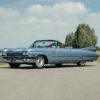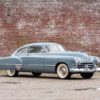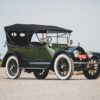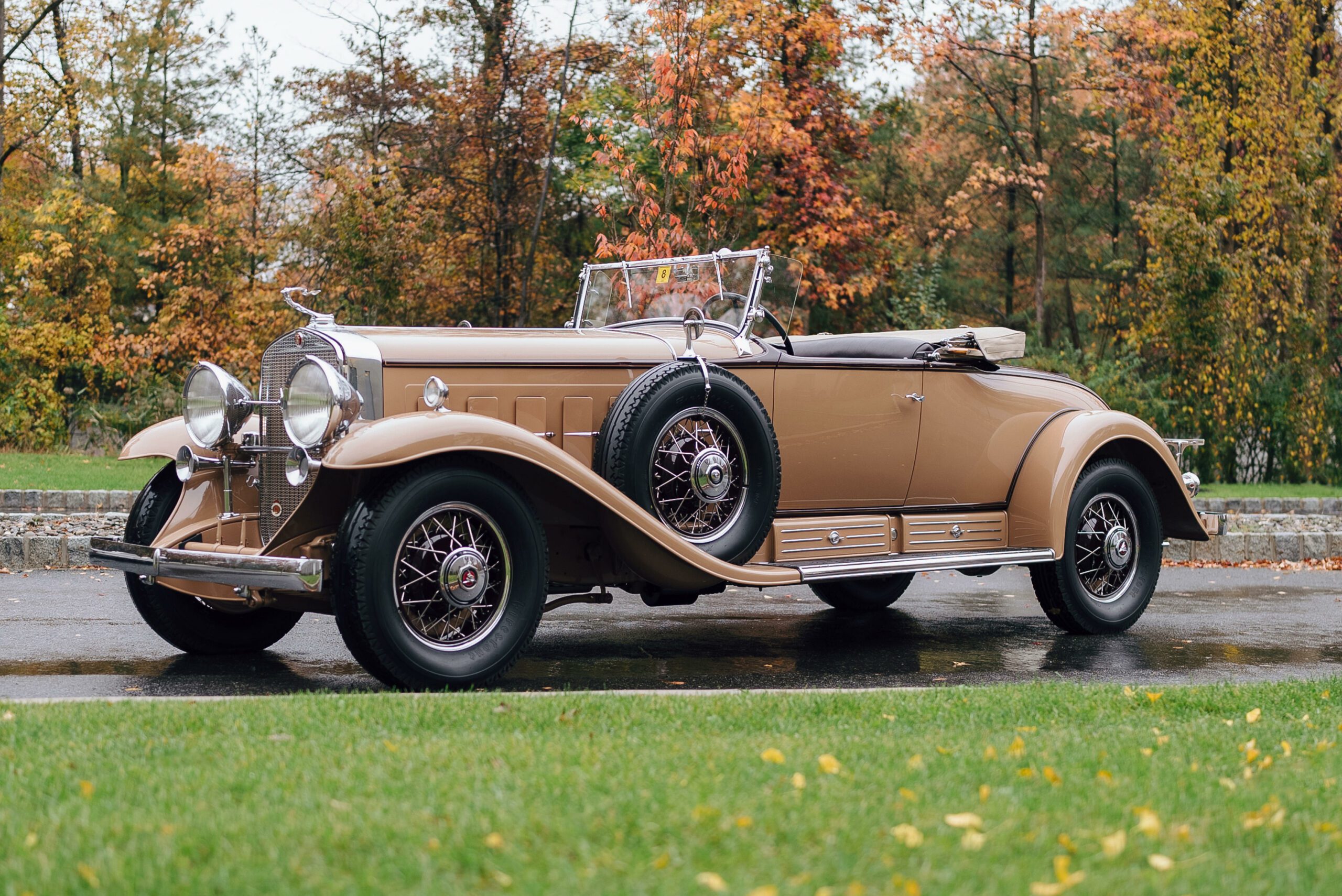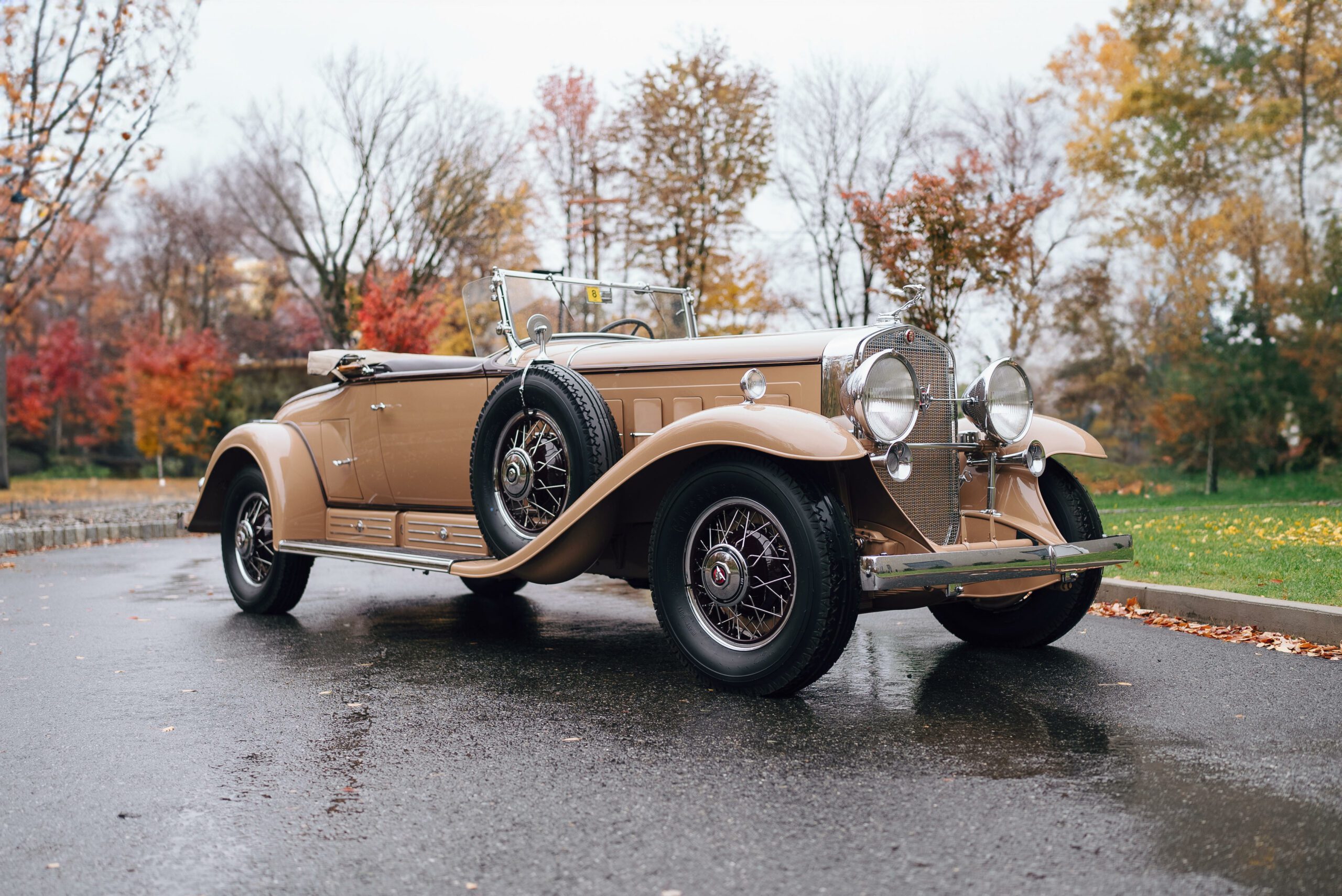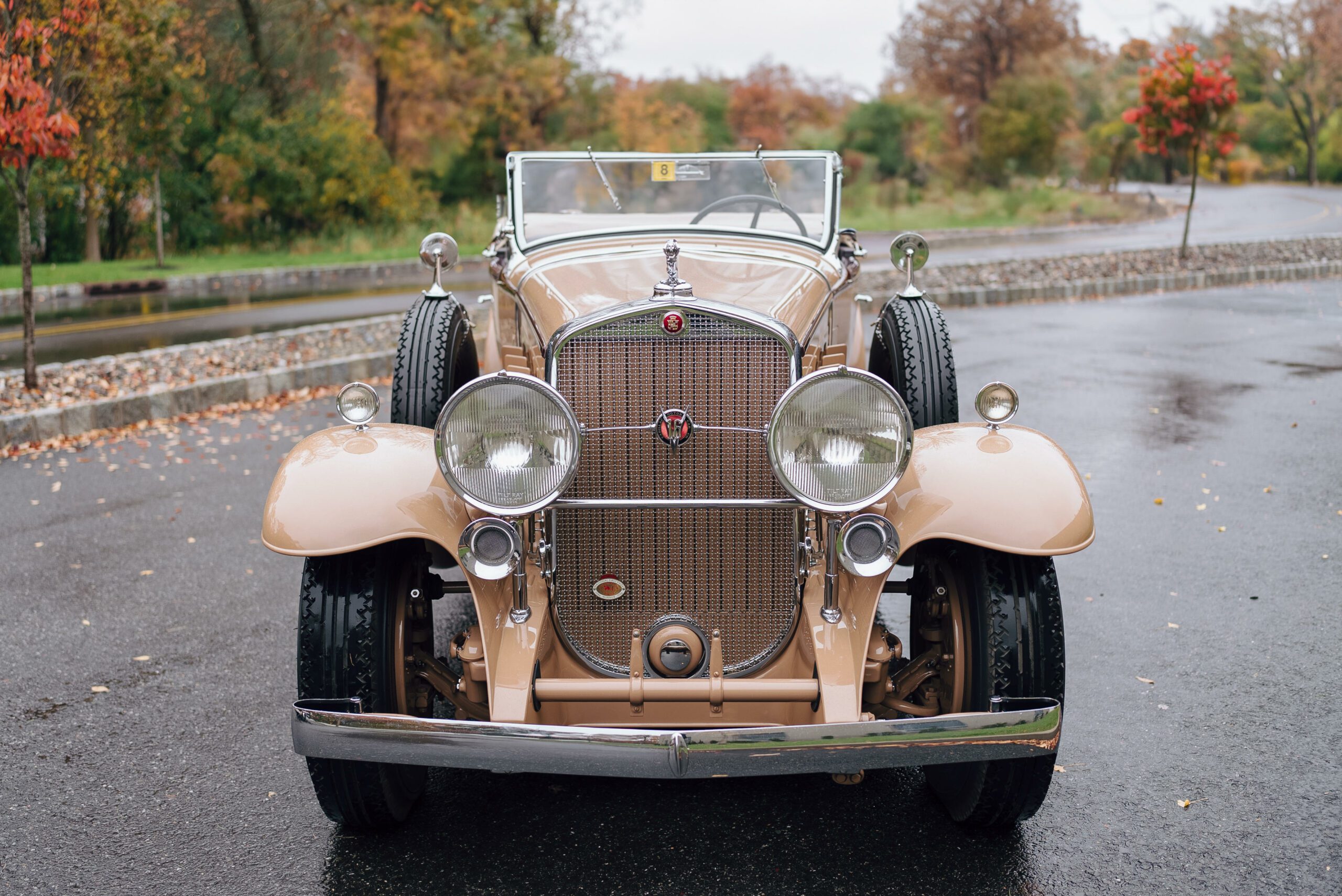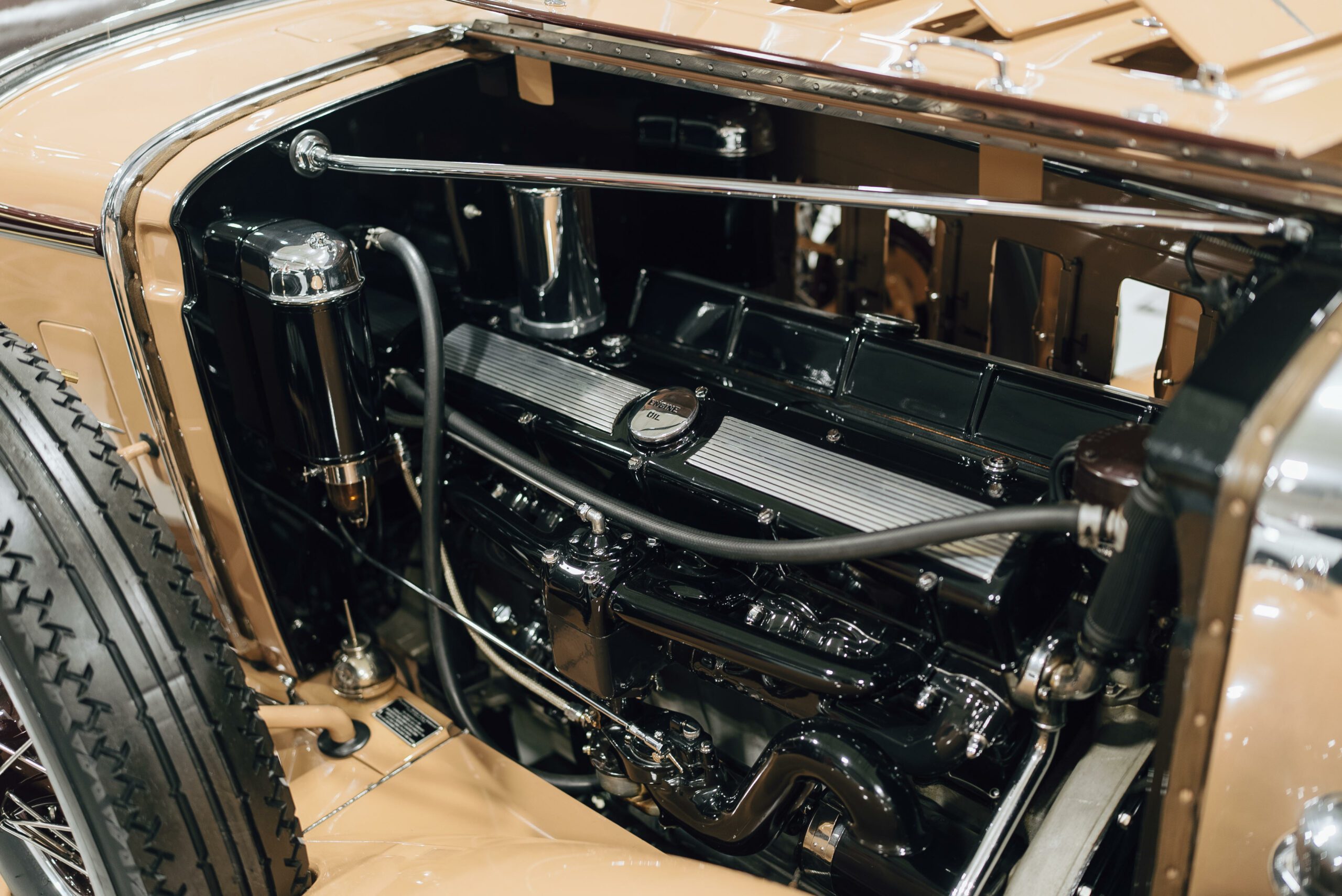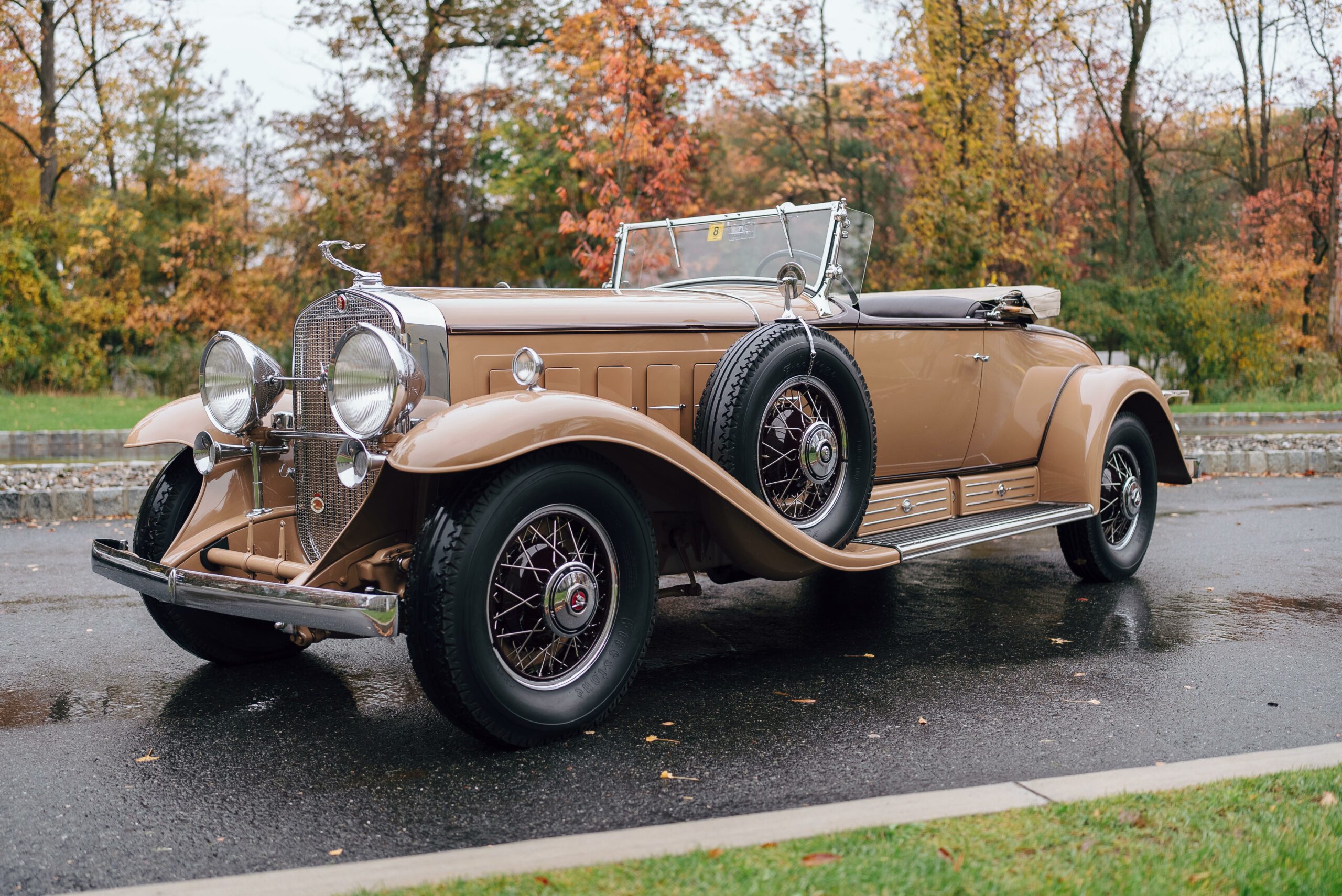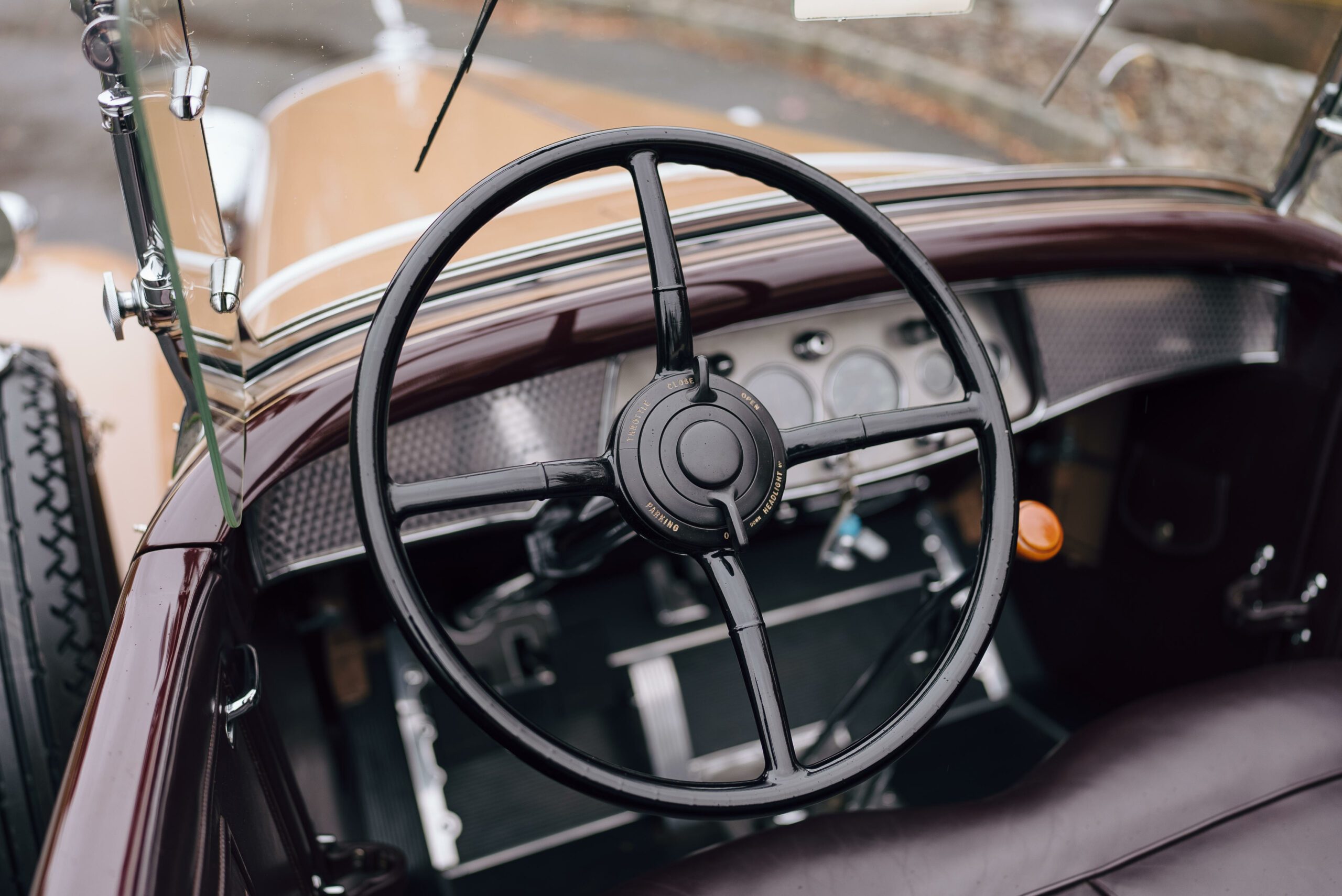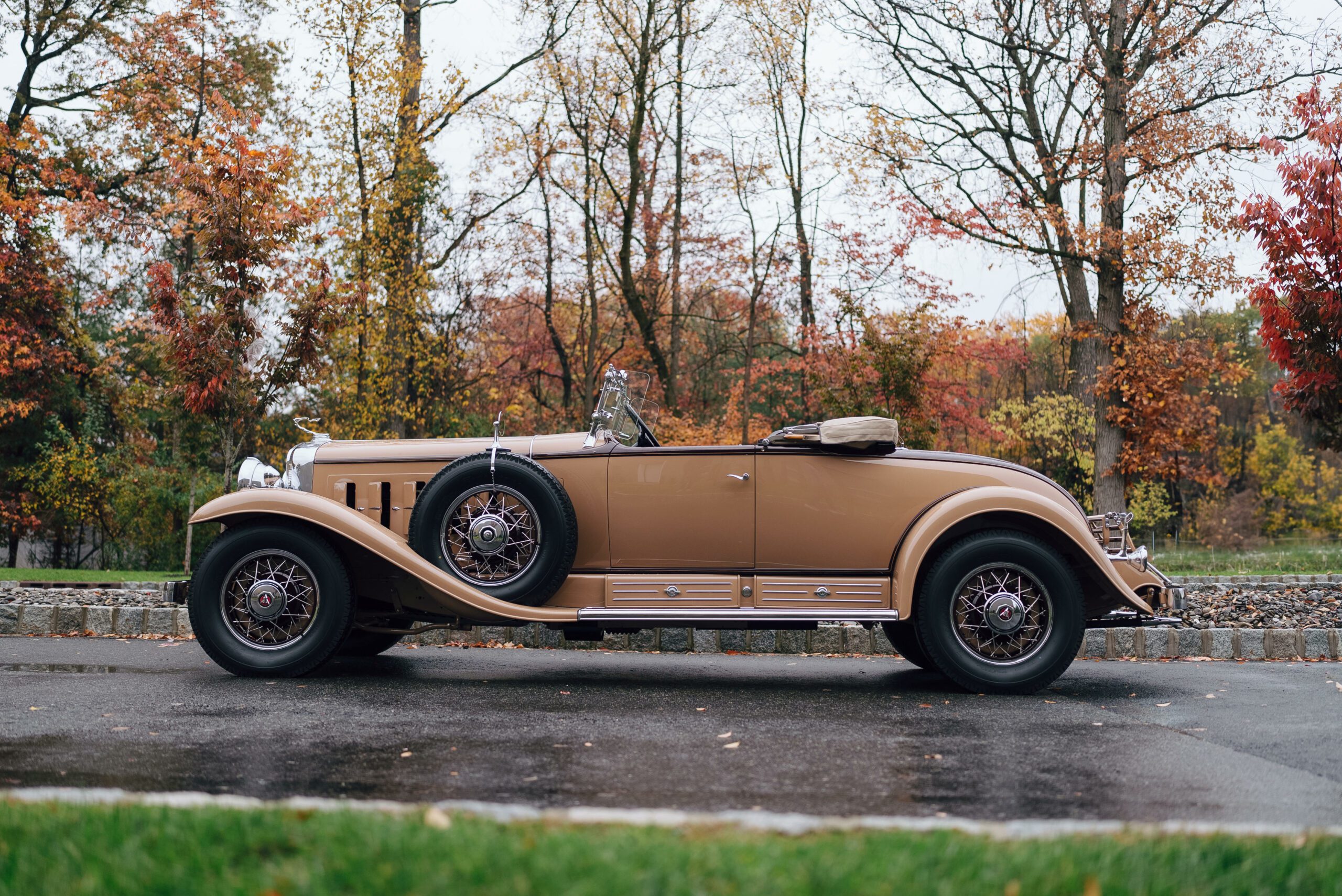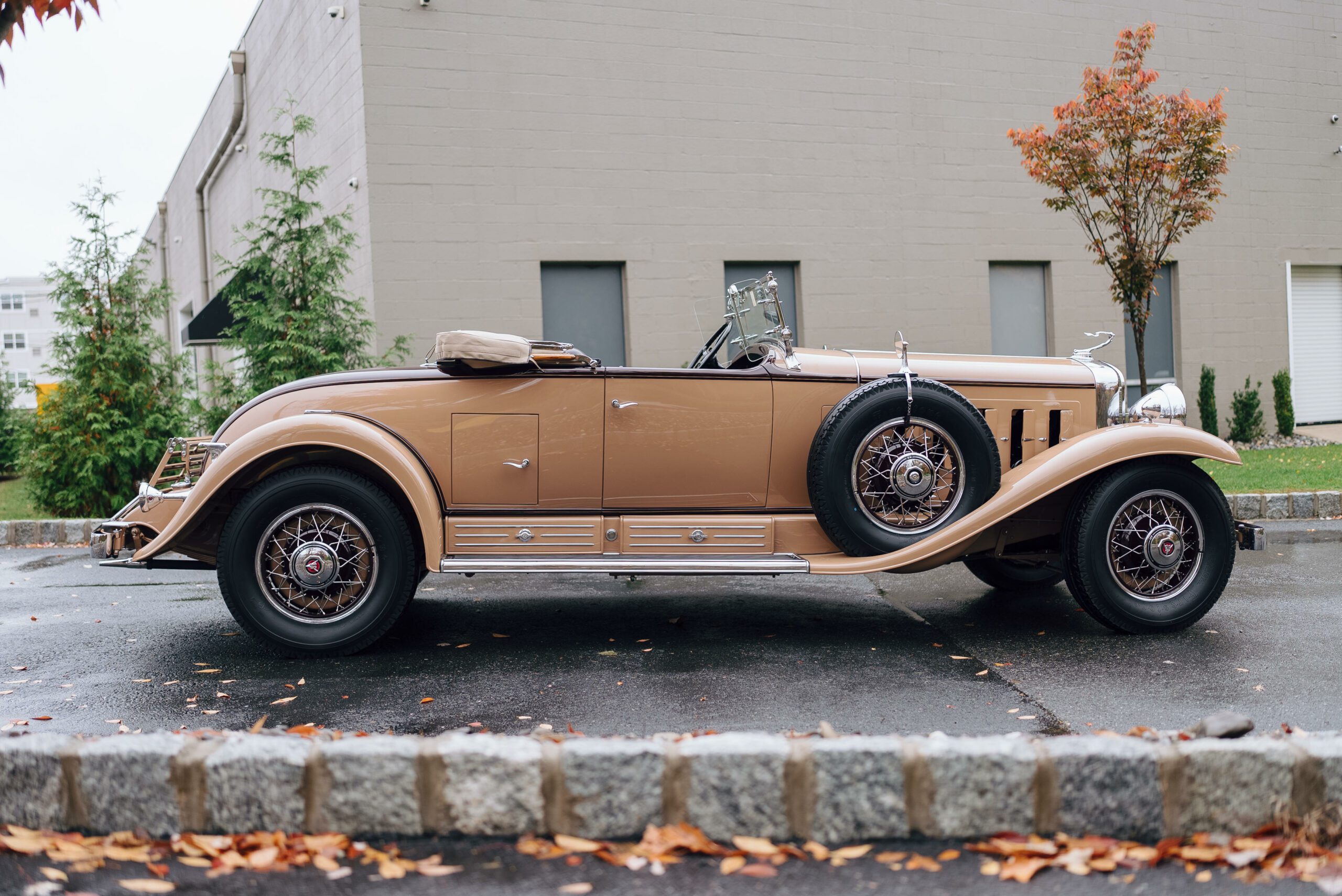Planned for over three years, the Cadillac V-16 aimed to elevate GM’s luxury brand to global acclaim. Unfortunately, its launch in December 1929, just after the “Black Thursday” stock market crash, proved to be ill-timed. While Cadillac’s V-8 line successfully catered to the wealthy, the V-16 targeted the most powerful individuals in America.
Unveiled at the 1930 New York Automobile Show, the Series 452 model showcased a Fleetwood-bodied Landau Sedan with a collapsible rear quarter. Despite the challenging economic backdrop, the V-16 garnered praise for its majestic and elegant design, rivaling the grace and cylinder count of competitors like Packard and Marmon 16.
Created by Owen Nacker, the V-16 engine was hailed as both a mechanical and artistic masterpiece. It comprised two straight-eight cylinder blocks sharing a common crank case and crank, boasting a displacement of 452 cubic inches. Each bank of the 45-degree V had its own carburetion, intake system, ignition, and exhaust system, featuring overhead valves.
Despite its seemingly modest 165 horsepower rating, the V-16’s substantial torque of 320 lb/feet at low RPMs delivered remarkable pulling power. With a generous wheelbase of 148 inches, the V-16 accommodated heavy limousine and sedan coachwork while maintaining a top speed of 90 to 100 mph. The car’s features included a leaf-spring, solid axle suspension, drum brakes with hydraulic activation, and a vacuum booster to support its considerable weight.
Photo Source: Bonhams


